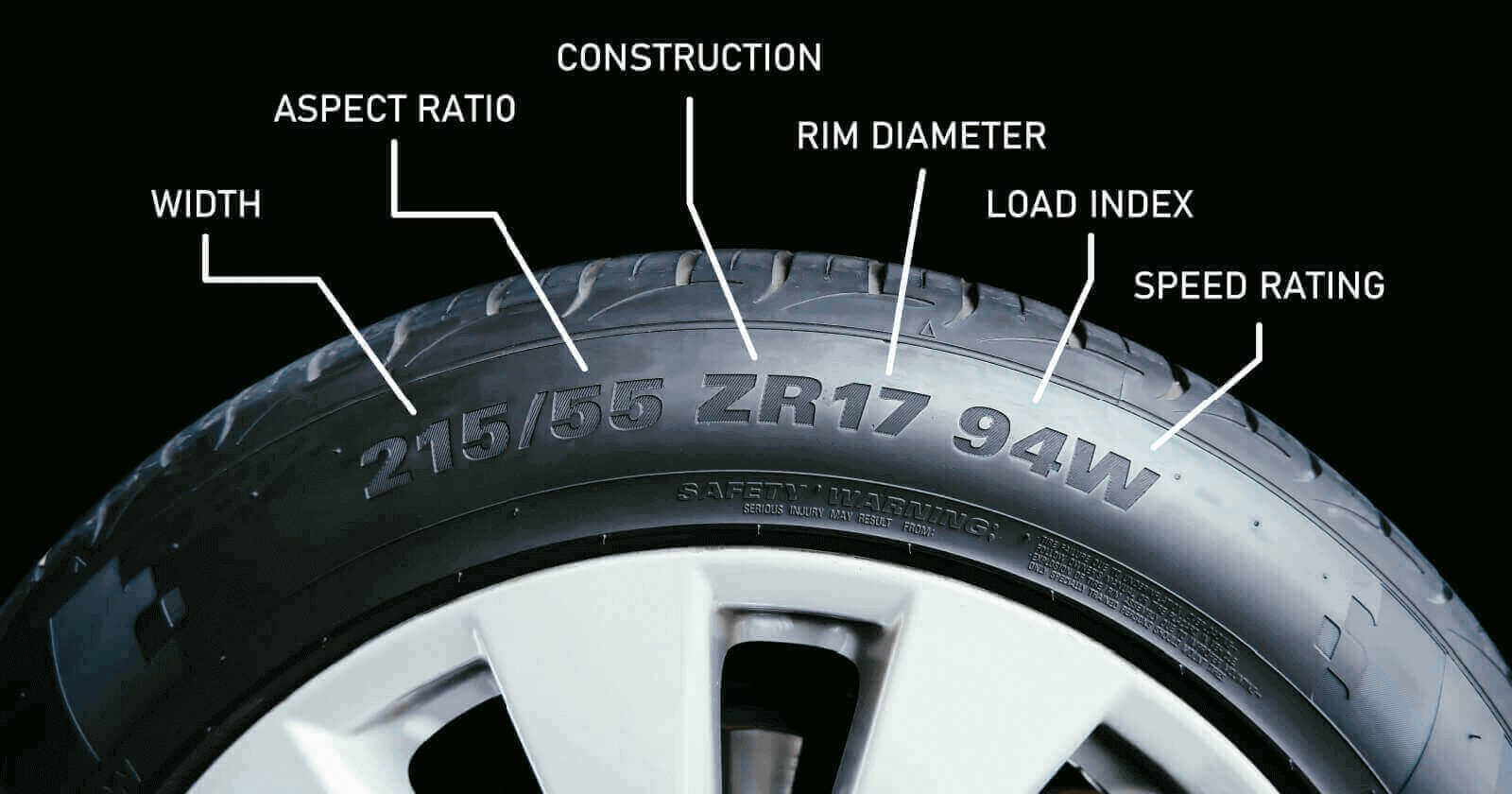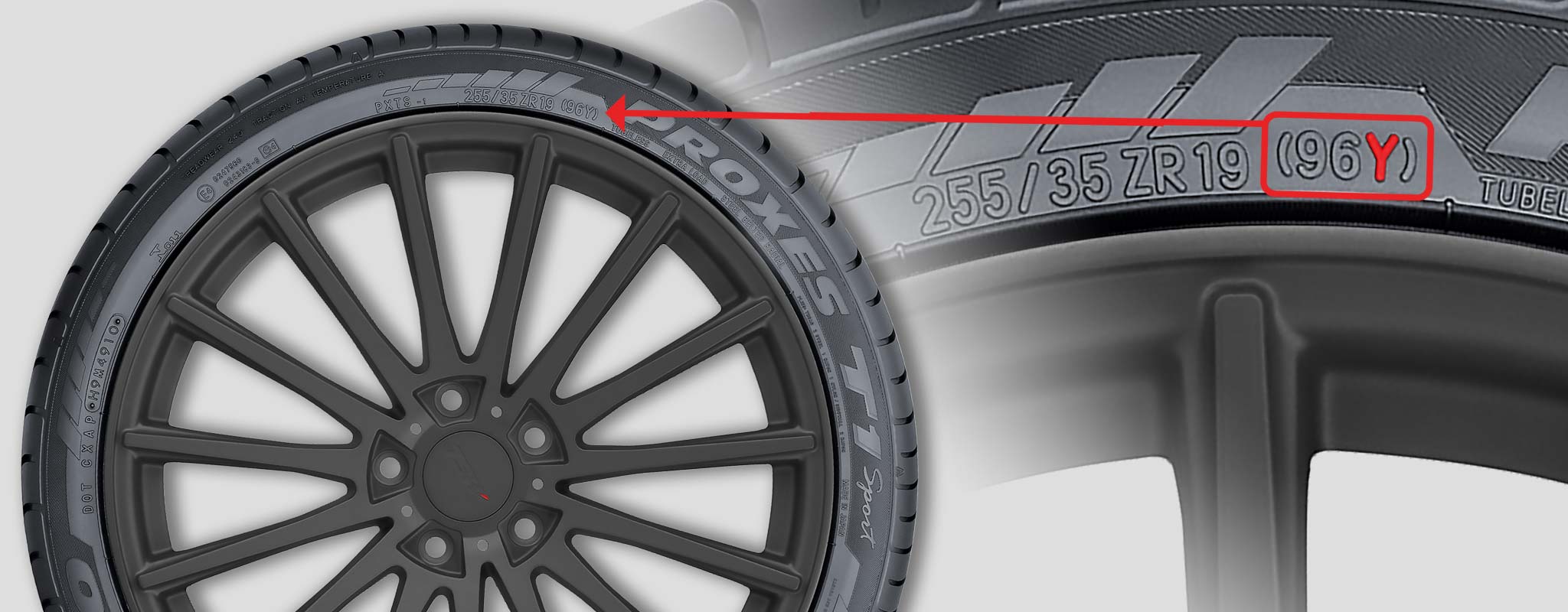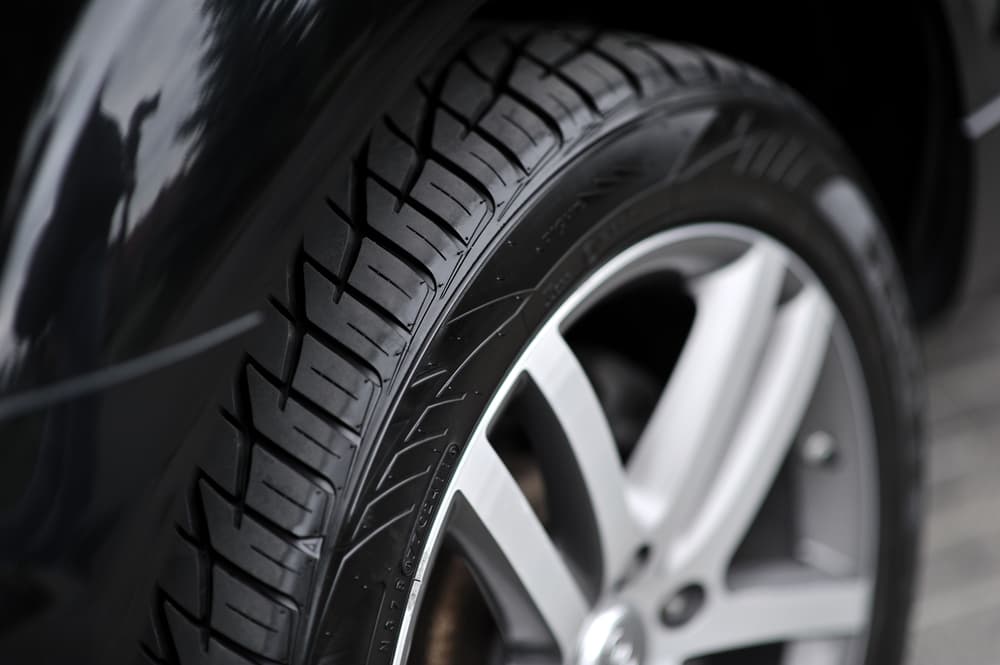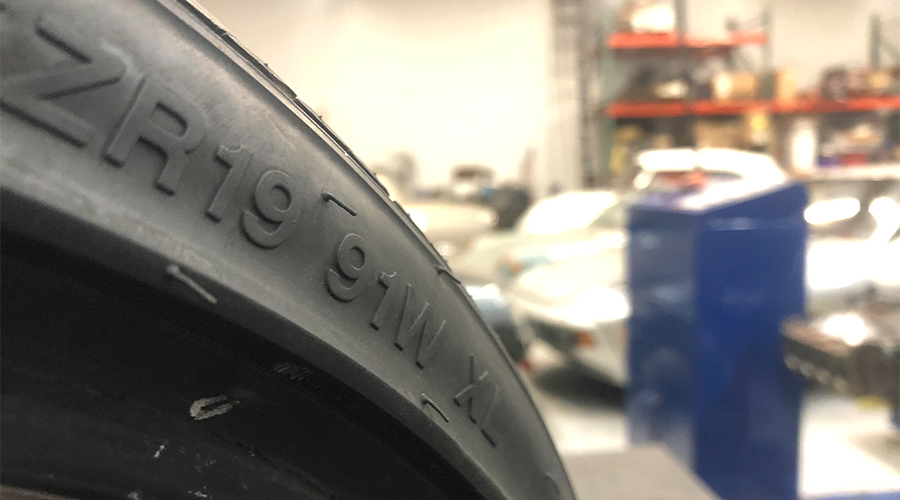Understanding Tire Speed Ratings Top 10 Insights
Discover the top 10 insights on what speed rating means on tires, ensuring safety and performance for your vehicle.

When it comes to ensuring your vehicle's safety and performance, understanding what does speed rating mean on tires is crucial. This rating gives you a clear idea of the maximum speed your tires can handle under certain conditions. By grasitating this aspect, drivers can make informed choices about their tires, elevating both their driving experience and safety on the road.
Understanding Tire Speed Ratings: Top 10 Insights
In this guide, we'll dive into the top 10 insights on tire speed ratings. From exploring what a tire speed rating is to how it affects your vehicle's performance, we'll equip you with the knowledge you need to make the best tire choices for your driving needs.
List of Top Choices
- 1. What is a Tire Speed Rating?
- 2. Importance of Tire Speed Ratings
- 3. How Tire Speed Ratings Are Determined
- 4. Common Tire Speed Ratings
- 5. Factors Affecting Tire Speed Ratings
- 6. Reading Tire Speed Ratings
- 7. Matching Tire Speed Ratings to Vehicle Requirements
- 8. Overloading Tires and Speed Ratings
- 9. Tire Speed Ratings and Performance
- 10. Maintaining Tire Pressure and Speed Ratings
1. What is a Tire Speed Rating?

- Defines the maximum speed a tire can handle
- Indicated by a letter on the tire's sidewall
- Crucial for vehicle safety and performance
A tire speed rating is a critical factor that identifies the top speed at which a tire can safely operate while carrying a certain load. This rating is usually represented by a letter found on the tire’s sidewall, ranging from A to Z, with each letter corresponding to a specific maximum speed. Understanding your tire's speed rating is essential to ensure that your tires can handle the speeds at which you plan to drive, thereby avoiding accidents and maintaining your vehicle's performance.
2. Importance of Tire Speed Ratings
- Ensures tire compatibility with vehicle speed
- Increases safety by preventing tire failures
- Improves overall driving experience
The importance of tire speed ratings cannot be overstated. They play a pivotal role in ensuring that tires are compatible with the speed capabilities of your vehicle. A correct match can prevent tire failures, which are often catastrophic, and significantly increase safety on the road. Moreover, adhering to the recommended tire speed rating can enhance your overall driving experience by providing better handling, stability, and braking performance.
3. How Tire Speed Ratings Are Determined

- Through controlled lab tests and simulations
- Testing a tire's endurance at increasing speeds
- Evaluating the tire's performance under stress
Determining a tire's speed rating involves a series of controlled tests and simulations conducted in laboratory settings. During these tests, tires are subjected to increasing speeds to evaluate their endurance and performance under stress. The process is exhaustive and ensures that the tire can withstand high speeds for extended periods without compromise. This rigorous testing is vital for both driver safety and tire reliability.
4. Common Tire Speed Ratings
- Range from L (75 mph) to Y (186 mph)
- Most passenger vehicles fall within T (118 mph) to V (149 mph)
- High-performance vehicles often require Z, W, or Y ratings
Tire speed ratings cover a broad range, from L, which indicates a maximum speed of 75 mph, to Y, which boasts a top speed of 186 mph. For most passenger vehicles, the ratings fall within T (118 mph) and V (149 mph), which cater to general driving conditions. However, high-performance and sports vehicles typically require tires with Z, W, or Y ratings to match their higher speed capabilities. Understand the speed rating suitable for your vehicle to ensure maximum performance and safety.
5. Factors Affecting Tire Speed Ratings

- Construction and materials of the tire
- Design and pattern of the tread
- Influence of external conditions
Tire speed ratings are influenced by various factors, including the construction and materials of the tire, and the design and pattern of its tread. The way a tire is built—its shape, the materials used in its construction, and its tread pattern—can all significantly impact how it performs at high speeds. Moreover, external conditions like road surface, weather, and temperature also play a role in how well a tire maintains its integrity and performance when driving fast. Recognizing these factors is key to understanding and making the most of your tire's capabilities.
6. Reading Tire Speed Ratings
- Located on the tire sidewall
- Represented by a letter next to the load index
- Integral for selecting the right tire for your vehicle
Reading tire speed ratings is straightforward once you know where to look. Typically, the rating is denoted by a letter found on the tire’s sidewall, immediately following the load index number. This letter represents the maximum safe speed the tire can sustain for a prolonged period under optimal conditions. Familiarizing yourself with the significance of these letters is crucial for selecting tires that meet or exceed the specifications recommended by your vehicle's manufacturer, ensuring safety and optimal performance.
7. Matching Tire Speed Ratings to Vehicle Requirements

- Check your vehicle's manual for recommended ratings
- Match or exceed the manufacturer's recommendation
- Consider driving habits and conditions
Matching tire speed ratings to your vehicle’s requirements is not just about compliance; it's about safety, performance, and efficiency. Start by consulting your vehicle’s manual or manufacturer specifications to determine the recommended tire rating. Always aim to match or ideally exceed this recommendation to accommodate any rapid driving needs or changes in driving conditions. Also, consider your driving habits and the common conditions you face – city driving versus highway speeds, for instance – to choose tires that offer the best combination of performance and safety.
8. Overloading Tires and Speed Ratings
- Exceeding load capacity affects tire performance and safety
- Can lead to tire failure and accidents
- Crucial to adhere to tire specifications
Overloading tires beyond their load capacity or exceeding their speed rating is a surefire recipe for reduced performance, increased wear, and, in worst-case scenarios, catastrophic failure. Such practices compromise the structural integrity of the tire and significantly increase the risk of accidents. It's crucial to adhere to the specifications provided by the tire manufacturer, not just for the longevity of your tires, but for the safety of everyone on the road.
9. Tire Speed Ratings and Performance

- Higher ratings can indicate better performance features
- Influences handling, braking, and fuel efficiency
- Important for sports and high-performance vehicles
Tire speed ratings do more than just indicate how fast you can safely drive on a tire; they also hint at the tire’s overall performance capabilities. Typically, tires with higher speed ratings offer better handling, more efficient braking, and can even impact fuel efficiency. This is particularly important for sports and high-performance vehicles that require responsive and reliable performance under high-speed conditions. Choosing the right tire speed rating can transform your driving experience by providing enhanced control and stability, regardless of the speed.
10. Maintaining Tire Pressure and Speed Ratings
- Proper tire pressure ensures the tire performs within its speed rating
- Affects safety, performance, and tire longevity
- Regular checks and adjustments are necessary
Maintaining the correct tire pressure is essential for ensuring that your tires perform optimally within their designated speed ratings. Incorrect tire pressure can adversely affect the handling, stability, and braking of a vehicle, not to mention contribute to increased tire wear and reduced fuel economy. For these reasons, regularly checking your tire pressure and making adjustments as needed is vital for maintaining your vehicle’s safety, performance, and the longevity of your tires. It’s a simple but crucial part of vehicle upkeep that ensures your tires can safely carry you at their rated speeds.
Understanding tire speed ratings is more than just a matter of compliance; it's about ensuring your vehicle operates safely and efficiently. By choosing the right tires for your vehicle and driving needs, you not only protect yourself and others on the road but also enhance your driving experience. It's an integral aspect of vehicle maintenance that should never be overlooked. With these insights, you're now equipped to make informed decisions about your tire purchases, ensuring you select the right speed rating for your vehicle’s needs.
What's Your Reaction?










































































